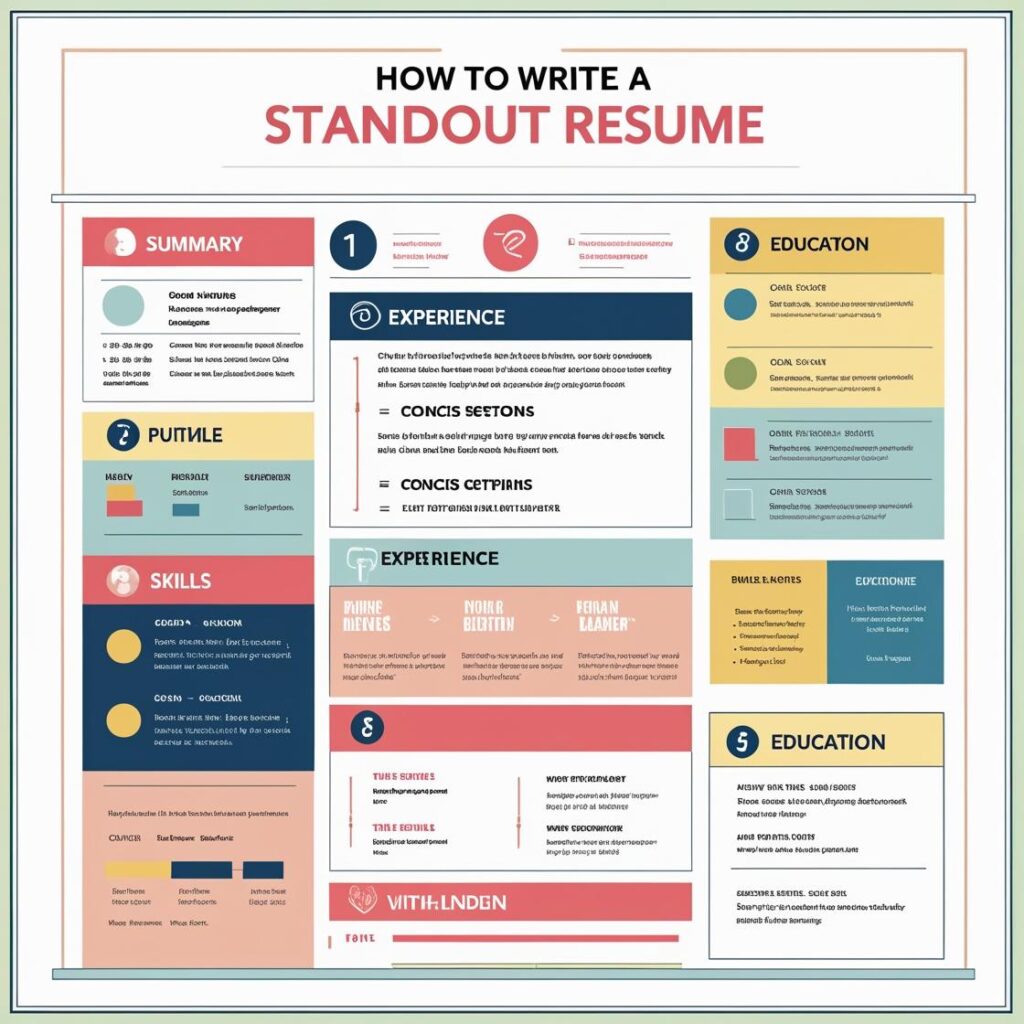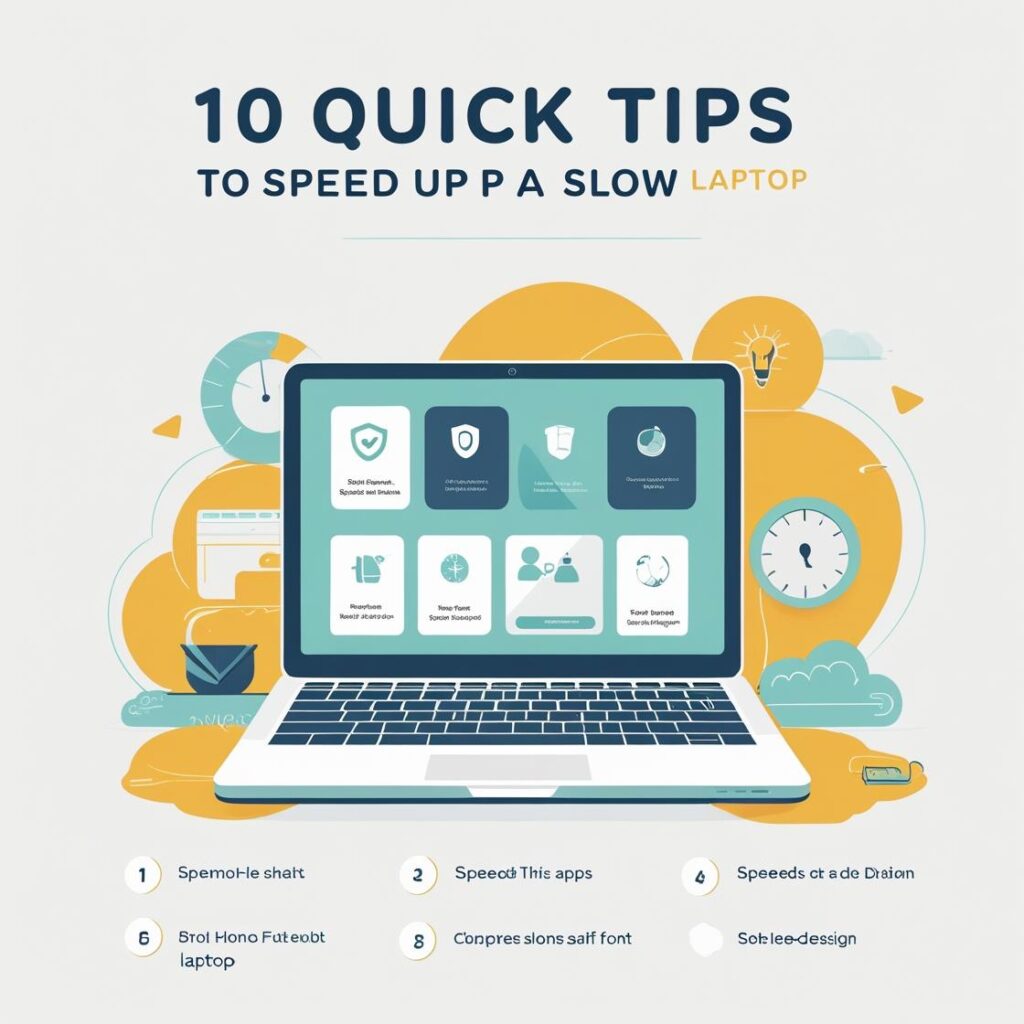Creating a standout resume is one of the most important steps in landing a job interview. In today’s competitive job market, hiring managers often spend mere seconds reviewing each resume. That’s why your resume must not only be well-organized but also tailored, impactful, and results-driven. This guide will walk you through the essential strategies to ensure your resume rises above the rest.
اقرأ أيضاً: قائمة بأهم 10 كورسات مجانية في الذكاء الاصطناعي مع الروابط المباشرة
1. Understand the Purpose of a Resume
A resume isn’t just a summary of your work experience; it’s a marketing document designed to showcase your qualifications and convince employers to invite you for an interview.
اقرأ أيضاً: كيفية الحصول على منحة دراسية مجانية
It should highlight your most relevant accomplishments, demonstrate your value, and align with the job description. Keeping this purpose in mind ensures that every section of your resume serves a strategic function.
اقرأ أيضاً: كيف تستيقظ مبكرًا دون الشعور بالتعب
2. Choose the Right Resume Format
There are three primary resume formats: chronological, functional, and combination. Each has its strengths depending on your experience and goals.
اقرأ أيضاً: كيف تتفوق في أي مقابلة عمل: 10 نصائح من الخبراء
- Chronological: Best for candidates with a solid work history in a single field.
- Functional: Focuses on skills and experience rather than job history; ideal for career changers.
- Combination: Merges the best of both worlds; great for professionals with both experience and diverse skills.
Choosing the right format will present your qualifications in the most compelling way.
اقرأ أيضاً: كيف توفر 1000 دولار في 30 يومًا
3. Craft a Powerful Resume Summary or Objective
Your resume summary or objective is the first thing recruiters read. A strong statement can grab attention and make them want to read more.
اقرأ أيضاً: كيف تحول عملك الجانبي إلى مشروع بدوام كامل
Use 2-3 sentences to briefly highlight your professional background, key skills, and career goals. Tailor this section for each application to reflect the specific job and industry.
اقرأ أيضاً: كيفية تسريع الكمبيوتر المحمول البطيء في 10 دقائق
4. Emphasize Key Skills That Match the Job Description
Employers use applicant tracking systems (ATS) to scan resumes for relevant keywords. Including job-specific skills increases your chances of passing this first screening.
اقرأ أيضاً: كيف تبني روتينًا صباحيًا يعمل بالفعل
- Carefully read the job posting and identify essential skills.
- Include both hard skills (e.g., SEO, data analysis) and soft skills (e.g., leadership, communication).
- Place these keywords naturally within your resume in context.
5. Write Achievement-Focused Work Experience
Your work experience section should do more than list responsibilities. Focus on measurable achievements to demonstrate your impact.
اقرأ أيضاً: كيف تبدأ مدونة تقنية من الصفر
- Use action verbs like “led,” “developed,” “improved,” and “increased.”
- Quantify results when possible (e.g., “increased sales by 25% in six months”).
- Highlight promotions, awards, and recognition.
6. Tailor Each Resume to the Job
Generic resumes rarely perform well. Instead, customize your resume for each position to align with the employer’s needs.
اقرأ أيضاً: كيف تبدأ الرسم (حتى لو كنت تعتقد أنك لا تستطيع)
- Adjust your summary, skills, and job descriptions to match the job posting.
- Use company-specific language when appropriate.
- Showcase how your background makes you the perfect fit.
7. Keep It Concise and Well-Structured
A clean, easy-to-read layout enhances readability and professionalism. Use clear headings, bullet points, and consistent formatting.
اقرأ أيضاً: كيف تخطط لعطلة عائلية سيحبها الجميع
- Keep the resume to one page if you have less than 10 years of experience.
- Use professional fonts like Arial, Calibri, or Helvetica.
- Avoid dense blocks of text and cluttered visuals.
8. Include Relevant Education and Certifications
Education can be a deciding factor for certain roles, especially in technical or regulated industries.
اقرأ أيضاً: كيف تتعلم الجيتار بنفسك
- List your most recent or highest degree first.
- Include certifications, licenses, and relevant coursework.
- Only add GPA if it’s above 3.5 and you’re early in your career.
9. Add Optional Sections Thoughtfully
Additional sections like volunteer work, languages, or hobbies can add depth, but only if they enhance your application.
اقرأ أيضاً: كيف تحزم خفيفًا لرحلة لمدة أسبوعين
- Volunteer experience that demonstrates leadership or industry skills.
- Languages that are relevant to the job or location.
- Interests that reflect your passion or creativity (when applicable).
10. Proofread and Update Regularly
A single typo can undermine your professionalism. Always proofread and update your resume before submitting.
اقرأ أيضاً: كيف تكتب أول قصة قصيرة لك
- Use grammar-check tools and read your resume aloud.
- Ask a friend or mentor to review it.
- Update your resume regularly, even when not job hunting, to keep it current.
Conclusion: Your resume is a strategic tool that represents your professional brand. When thoughtfully crafted and tailored, it opens doors to new opportunities. Take the time to make it exceptional.
اقرأ أيضاً: كيف تسافر عبر أوروبا بميزانية محدودة
اقرأ أيضاً: كيف تحمي خصوصيتك على الإنترنت: دليل المبتدئين



